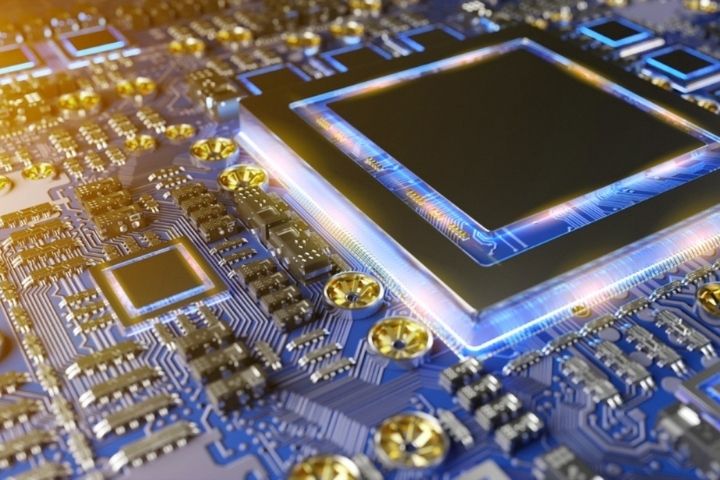How To Choose The Best Motherboard For Gaming: The Ultimate Motherboard Buying Guide

If the CPU of your computer is the brains, then the motherboard is the central nervous system and the heart of your PC. A motherboard helps your hardware to reach its full potential. It utilizes every inch of the components to help heighten your PC’s performance.
Continue reading the motherboard buying guide to know the types. It also includes some factors you need to consider when choosing a motherboard.
Table of Contents
What Is A Motherboard?
A motherboard is a printed circuit board containing the essential components of a computer. It’s where all the other parts of your computer meet and communicate with one another. The motherboard is responsible for the real-time calculations to run apps and games.
Types Of Motherboard
There are many types of motherboards, but they work with certain types of processors and memory. In this motherboard buying guide, we explain the most common types.
ATX Motherboard
The ATX motherboard is a huge improvement from the previous type of motherboard. With ATX, you get more power phases, which give you more precise and stable power. The wider gaps between expansion slots give you better graphics and cooling.
LPX Motherboard
LPX motherboards have several output and input ports at its back. Some LPX models lack accelerated graphics ports and connect to the PCI component, instead. This type of motherboard is lighter than other types because of its slim PC build.
Pico BTX Motherboard
Pico BTX motherboards are ideal for riser-card or half-height applications. They support two slots for expansion and share a similar top as the BTX motherboards.
Choosing A MotherBoard Right For You
Choosing a motherboard is the most integral part of your PC build since they affect the performance. Here are some motherboard considerations for the components.
Form Factor
The form factor is the set of standards that include the shape and size of the motherboard. It also consists of the arrangement of the connecting ports, power interface, and type of connectors. You can pick how big you want your systems to be, from the smallest Mini-ITX to E-ATX.
CPU Sockets
CPU sockets or the processor sockets are the sockets housing the CPU. Most processors only have one specific CPU socket, which makes the selection of motherboards limited.
Chipset
The chipsets are responsible for how the hardware interacts with one another. Your CPU will usually tell you the compatible chipsets. If you get the wrong chipset, the BIOS won’t detect the CPU rendering your PC useless.
You can go for the highest-end consumer intel or AMD chips such as Core X or Threadripper with b550 or higher. It all comes down to how many features you need, along with its perks and features.
RAM
Make sure that you know what you’ll be using your PC for. Makes sure to get RAM with 16GB or higher if you plan to use your PC for intensive tasks. Consider getting a motherboard with four memory slots, in case 16GB is not enough.
BIOS
The BIOS is the software that detects the components and hardware of your computer. The BIOS is the first thing to run when you start your computer. Its function is to manage the data flow between the OS and hardware, specifically the CPU, RAM, and hard disks.
The Ultimate Motherboard Buying Guide
You need not content yourself with the most basic graphics when you’re gaming. The best motherboard will help you enhance and elevate your gaming experience. Use this motherboard buying guide to get the best one today!
Do you want to learn more about motherboards? Check out more of our guides to learn all you need to know today!






